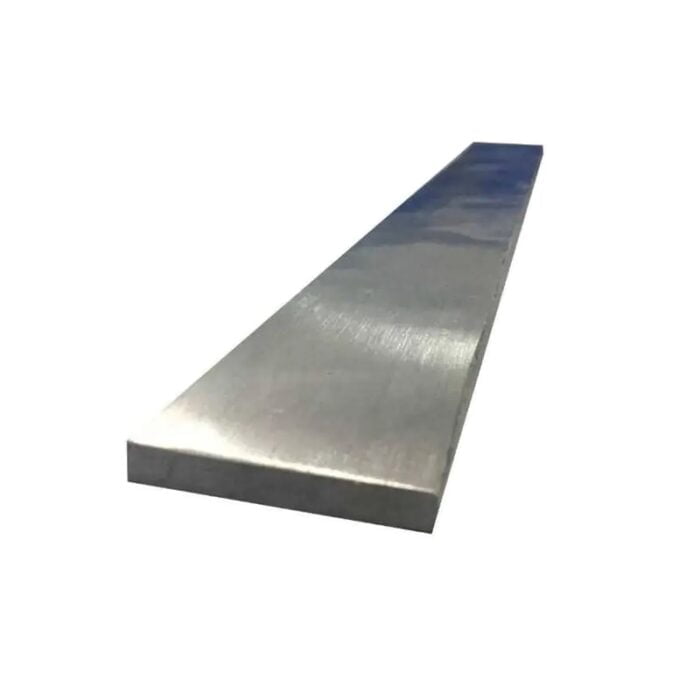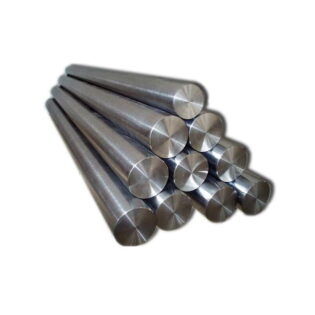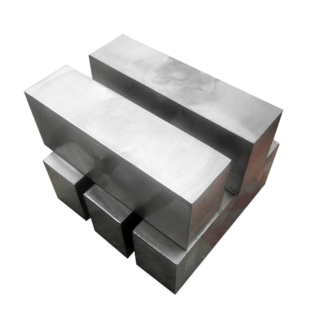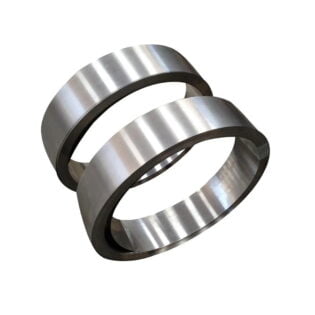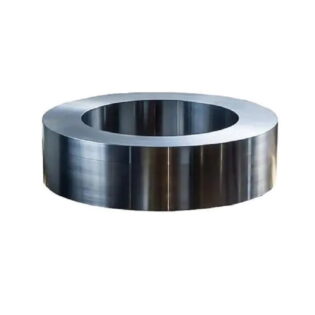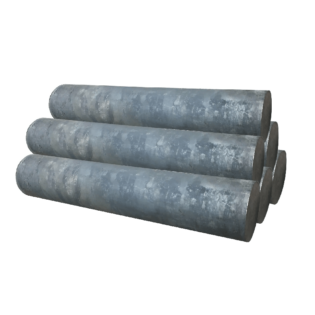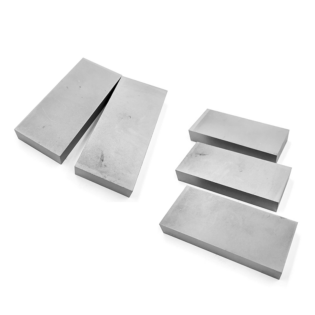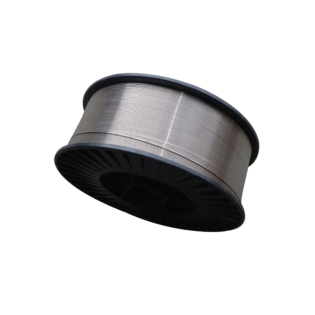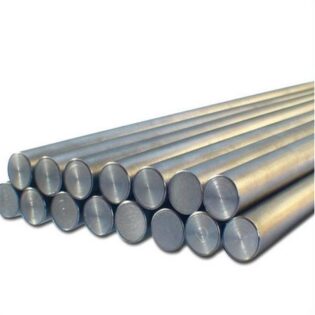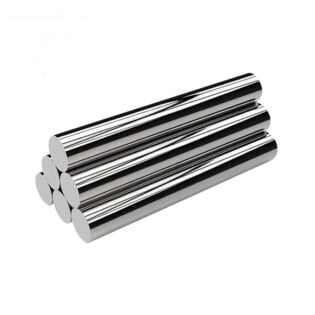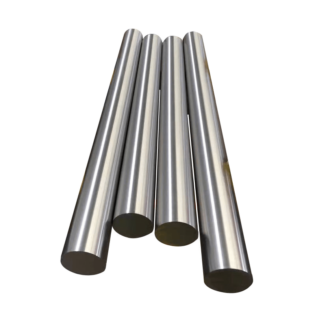MONEL K-500 Description
MONEL K-500 alloy has the same corrosion resistance as 400, but has higher mechanical strength and hardness. It has good corrosion resistance and long-term structure stability.
It is mainly used to manufacture turbine blades and gas turbine blades whose working temperature is below 750℃ on aeroengines; Used for manufacturing fasteners and springs on ships; Pump and valve parts for chemical equipment; Pulp blades on paper making equipment, etc.
Product specification range:
Forgings, bars, dimensions can be zero cut, strip, ring, wire, flange and other products can be produced according to customer requirements.
Features | Monel K-500 (UNS N05500)MONEL K-500 alloy has the same corrosion resistance as 400, but has higher mechanical strength and hardness. It has good corrosion resistance and long-term structure stability. It is mainly used to manufacture turbine blades and gas turbine blades whose working temperature is below 750℃ on aeroengines; Used for manufacturing fasteners and springs on ships; Pump and valve parts for chemical equipment; Pulp blades on paper making equipment, etc. | ||||||||
Summary | A precipitation-hardenable nickel-copper alloy that combines the corrosion resistance of MONEL alloy 400 with greater strength and hardness. It also has low permeability and is nonmagnetic to temperatures as low as -150°F (-101°C). Used for pump shafts, oil-well tools and instruments, doctor blades and scrapers,springs, valve trim, fasteners, and marine propeller shafts. | ||||||||
Standard | Pipe, tube, sheet, strip, plate, round bar, flat bar, forging stock, hexagon and wire. | ||||||||
Product Forms | |||||||||
Chemical composition (wt.-%) according to ASTM | Min. | Max. | Min. | Max. | Min. | Max. | |||
| Ni | 63 | Cu | 27 | 33 | C | 0.18 | |||
| Cr | Co | Si | 0.5 | ||||||
| Fe | 2 | Al | 2.3 | 3.15 | P | ||||
| Mo | Ti | 0.35 | 0.85 | S | 0.01 | ||||
| W | Mn | 1.5 | N | ||||||
Physical | Density,g/cm3 | 8.44 | |||||||
Constants | Melting Range,℃ | 1315-1350 | |||||||
Typical | (Precipitation Hardened) | ||||||||
Mechanical | Tensile Strength, ksi | 160 | |||||||
Properties | Mpa | 1100 | |||||||
| Yield Strength (0.2% Offset), ksi | 115 | ||||||||
| Mpa | 790 | ||||||||
| Elongation, % | 20 | ||||||||
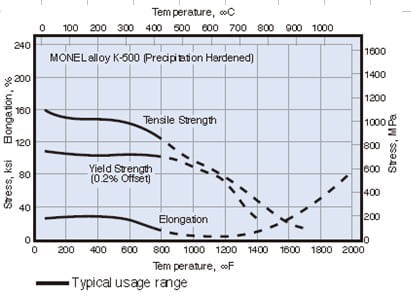 | |||||||||
Microstructure | Monel K-500 which is produced by adding aluminum and titanium to the basic Monel nickel-copper composition also has a face-centered cubic structure. In the agehardened condition a submicroscopic gamma prime Ni3Al phase is | ||||||||
Characters | Monel K-500 has excellent corrosion resistance in an extensive range of natural and chemical environments, excellent resistance to chloride-ion stress-corrosion cracking and very high strength and hardness. After age-hardening, Monel K-500 has approximately 2 to 3 times higher mechanical properties than the nickel-copper alloy (Monel 400), high tensile properties up to about 650 ℃, good corrosion fatigue resistance and ow permeability with non-magnetic down to -135 ℃. | ||||||||
Corrosion Resistance | In general, the corrosion resistance of Monel K500 is similar to that of Monel 400. Excellent resistance is shown to a wide range of media from pure water to mineral acids, salts and alkalis. | ||||||||
| Monel K-500 is virtually immune to chloride-ion stress-corrosion cracking. In the aged condition, the alloy may be susceptible to stress-corrosion cracking in moist, aerated hydrofluoric acid vapour at stresses near the yield strength. | |||||||||
| In high-velocity seawater and in marine atmospheres, good corrosion resistance is shown but, in slow-moving or stagnant seawater, pitting may occur. Nicorros Al also shows good resistance in sour-gas environments. | |||||||||
Applications | |||||||||
| Monel K-500 finds wide application in the marine, chemical, petrochemical and shipbuilding industries. | |||||||||
| Typical applications include: | |||||||||
| 1. Valve seals, pump sleeves and wear rings in marine | |||||||||
| environments – high strength and resistance to seawater; | |||||||||
| 2. Fasteners, e.g. bolts, used in marine atmospheres and tidal waters – resistance to chloride-containing environments; | |||||||||
| 3. Doctor blades and scrapers; | |||||||||
| 4. Towing cable armouring – high strength, non-magnetic properties and resistance to seawater; | |||||||||
| 5. Oil well drilling equipment such as non-magnetic drill collars, valves and instrumentation sleeves – resistance to chloride-containing media and sour-gas environments; | |||||||||
| 6.Springs – resistance to a variety of corrosive media; | |||||||||
| 7.Aviation instrument components – non-magnetic properties. | |||||||||
